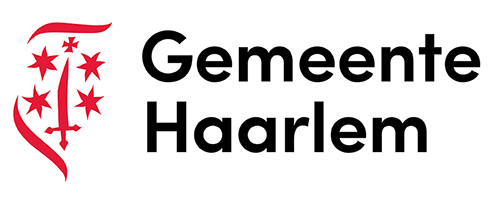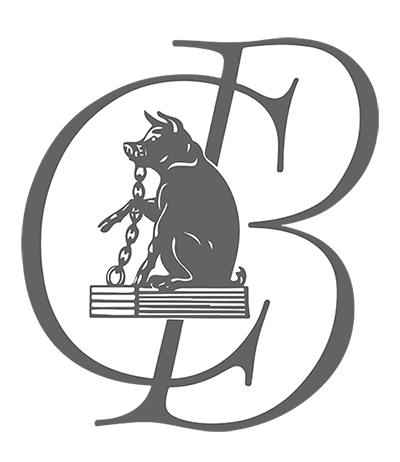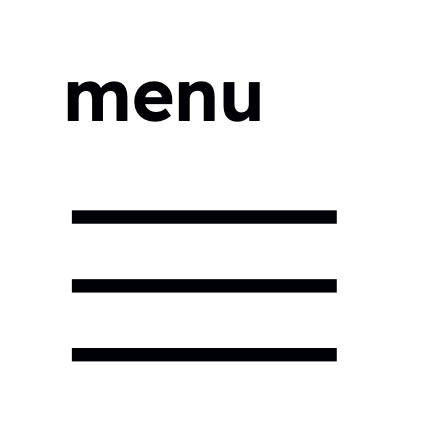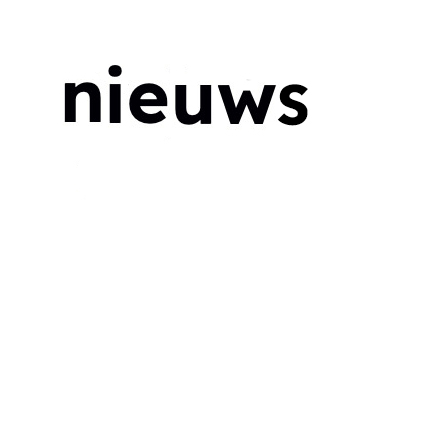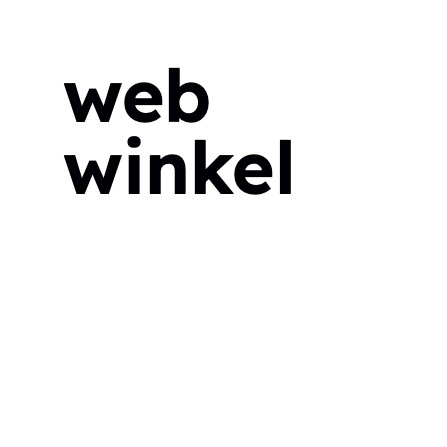
flower
Jul 8, 2023 – Jan 8, 2024
Of all the series of paintings that the Haarlemse painter Kees Verwey (1900-1995), his flower still lifes are by far the most extensive. He painted more than 300 oil canvases with flowers as a starting point.
FLOWER shows some flower still lifes by Verwey together with those of renowned contemporary painters, for whom flowers or plants are also a recurring theme. Although the way they do it, their motivations for doing it and the meaning it has for them are very different from Verwey's. These differences can be found, for example, in material aspects – from very light, scraped away, almost nothing, to very pasty and fat –, in content – the underlying intentions of the work – or formal aspects – the degree of abstraction.
's studio Marc Mulder (Tilburg, 1958) is surrounded by flower fields and flowers literally form his immediate living and working environment. He paints canvases with seemingly endless fields or landscapes full of peonies, parrot tulips, irises or lilies. Mulders' work is related to that of Verwey in the material, pasty nature of his oil canvases. They also share the love and skill for painting in watercolor with each other.
Ronald Zuurmond (The Hague, 1964) uses painting of a houseplant or a branch of cherry blossom to recover from the suffering of the world, because in addition to nature, he also paints major themes such as life and death, based on newspaper photos. Unlike Verwey, he is so aware of and concerned with the suffering of the world that he needs these works to recover from it.
The work of Maaike Schoorel (Santpoort, 1973) requires calm and attentive viewing. Only over time do the delicate canvases, which initially seem almost empty, reveal a world of color and shape. In her approach she is perhaps the furthest from Verwey's natural inclinations. His person and work can be characterized as noisy and present. Nevertheless, Schoorel, like Verwey, clearly joins a painterly tradition, even though her work is unmistakably contemporary.
Sometimes crawling Evi Fingerling (Gouda, 1979) the feeling that she is not getting the full potential out of life, after all not everything always works out and you occasionally disappoint yourself. But then when she sees a yellow purple morning sky or something like the sunlight on a cup, she can be overcome with a sense of completeness. 'Because of that beauty you can feel connected to the bigger picture, it heals and puts everyday problems into perspective.' Apart from the aesthetic pleasures that the work evokes, as far as Fingerling is concerned, therein lies the relevance of her work.
This exhibition is made possible by:
